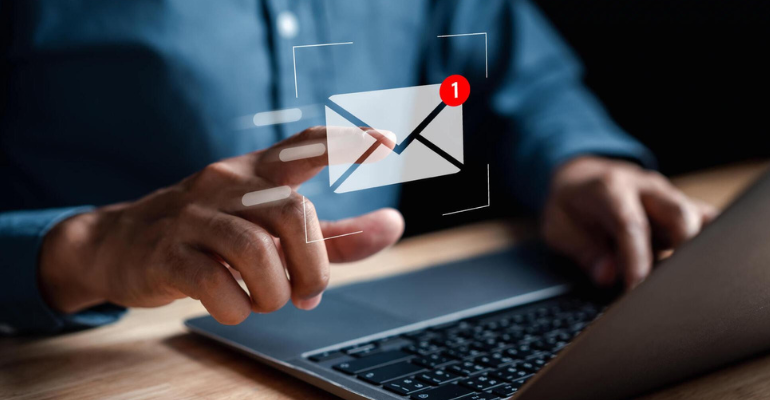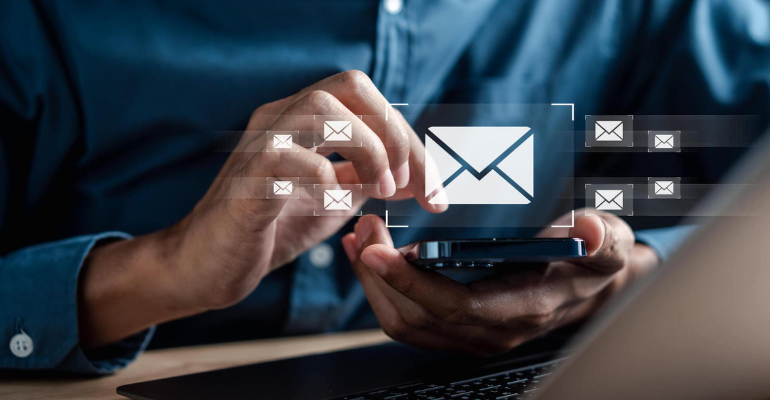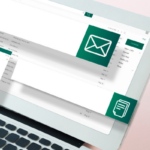Making Email Design Accessible to All
In recent years, accessibility has emerged as a crucial consideration across various industries, particularly in the realms of technology and digital marketing. From websites to digital products and, notably, email campaigns, accessibility has become a focal point for industry experts, who advocate for its benefits and necessity. But what exactly does it entail, and why should it matter to us as email marketers?
Email accessibility involves creating emails that are usable by the widest possible audience, including individuals with visual or hearing impairments, cognitive disabilities, or mobility issues. From the copy and design to the underlying code, accessible emails should be easy to understand and engage with.
Dispelling Common Misconceptions
If you haven’t yet prioritized accessibility in your email marketing efforts, you might harbor some misconceptions about its significance and feasibility. Let’s debunk some of these myths to empower you to integrate accessibility seamlessly into your email strategy and design process.
Myth: Accessibility will stifle creativity
While adherence to accessibility standards may initially seem restrictive, it actually provides a framework for creating emails that cater to a broader audience. By following logical and consistent design principles, you can enhance the intuitiveness of your campaigns, leading to improved engagement. Moreover, embracing accessibility can inspire creativity within defined parameters, encouraging strategic thinking and innovation.
Myth: Accessibility is complex and time-consuming
Embarking on a comprehensive accessibility initiative may appear daunting, but it doesn’t have to disrupt your existing processes. For resource-rich teams, integrating accessibility into regular workflows can occur alongside business as usual. Alternatively, for more agile teams, adopting accessibility standards gradually can be a pragmatic approach. By cultivating an accessibility mindset from the outset of campaign creation, you can organically evolve your emails to be more inclusive over time.
Myth: Accessibility benefits only individuals with disabilities
While accessibility undoubtedly enhances the experience for differently abled individuals, its advantages extend to all recipients. Clear and straightforward emails, coupled with support for assistive technologies, benefit everyone by facilitating easy comprehension and engagement. By removing barriers to accessibility, you empower all recipients to interact effectively with your brand, fostering positive experiences and driving meaningful action.
Myth: Accessibility is a one-time endeavor
Ensuring ongoing adherence to accessibility standards is imperative. Conducting periodic audits and updating email templates based on evolving best practices can help maintain compliance. Recognizing that accessibility requirements will evolve alongside industry trends and business needs underscores the need for continuous improvement and adaptation.
Myth: Accessibility can be automated entirely
While online tools can streamline aspects of accessibility compliance, they should complement rather than replace human judgment and creativity. Embracing accessibility as an integral part of the design process enables authentic relationship marketing and fosters genuine inclusivity. Educating oneself on accessibility best practices empowers marketers to navigate nuanced user and business needs effectively, preserving the human element of marketing.
Striking the Balance: Embracing Creativity While Prioritizing Accessibility
Understanding accessibility guidelines empowers marketers to strategically deviate from these standards when appropriate to enhance email engagement. Leveraging interactive elements, real-time personalization, and animated content can inject vibrancy into campaigns, provided that alternative text and fallback scenarios ensure accessibility. Ultimately, integrating accessibility into email design demonstrates a commitment to equity and inclusivity, signaling to audiences that your brand values diverse ways of consuming digital content.
Need Assistance with Accessibility?
Our Marigold Design Team specializes in helping brands kickstart their accessibility efforts. From conducting audits to designing and coding accessible email templates, we possess the expertise to make your brand accessible to everyone. Elevate your marketing efforts by downloading our Relationship Marketing ebook today.






